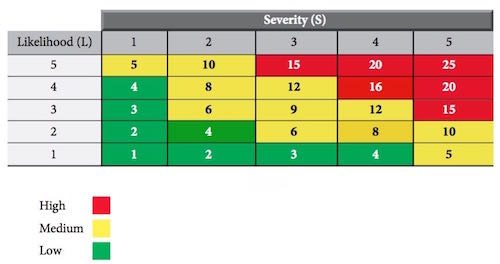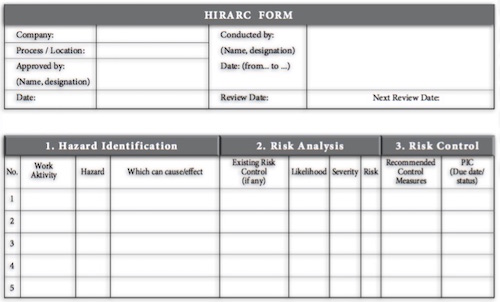Mechanical Safety - Mechanical hazards associated with machinery are operated under manual or automatic power drive. Mechanical hazards were also associated with mechanical handling involving cranes, conveyors and vehicles such as forklift trucks and the use of robots. Most injuries such as mechanical cutting, tearing, shearing, breaking, punching, etc.. resulting from unsafe practices while using the machine.
Mechanical hazards can be classified as follows:
- Pulled in hazard
- Shearing point hazard
- Impact and crash hazards
- The hazards of cutting
- The hazards of twine
- Stabbing hazards
- The hazards of scoring
- The hazards of flying objects
To avoid mechanical hazards in the workplace, some general safety rules must be adhered to and are ongoing practice;
- Understand the instructions and procedures and operational use of the machine.
- Wear a coverall and properly safety shoes when operating the machine.
- Wear appropriate safety glasses to avoid mechanical hazard.
- Keep long hair tied back. Long hair and loose clothing is a potential hazard when using the machine.
- Ensure that barriers and safety devices function before using the machine.
- Keep the work area neat and clean.
- Stop the machine which is not operating properly.
- Avoid easily engrossed.
- Do not work alone in handling the machine so that colleagues can see, hear and help if an accident occurs.
Before doing work that is exposed to mechanical hazards, it is important to make sure that you have selected the correct PPE for the job and it will be properly used. However, it should be emphasised that the PPE should only be used as a last option, ie when all other methods to eliminate or reduce hazards have been exhausted.















